Raising backyard chickens can be expensive. The cost to raise chickens will include one-time expenses and then repeat expenses that will need to be made every year you have chickens.
On average, it costs $1,830 in one-time expenses and $603 per year in repeat expenses to raise a flock of 5 to 10 chickens. The cost of the chicken coop will be the largest expense but will be a one-time expense. Some expenses will be repeat, such as the cost of feed and bedding for the coop.
Read on to learn about the different costs associated with raising chickens.
Most Expensive One-Time Costs
Chicken Coop
For most people, the cost of the chicken coop will be the most expensive item to buy for their backyard chickens.
When my husband and I decided to get our backyard chickens, we bought our chicks first and then planned for the chicken coop. This was a bad idea and I’ll tell you why. We initially thought we would build our own chicken coop using leftover building supplies from a recent remodel and shiplap panels from a house that was torn down in our neighborhood.
Our DIY chicken coop cost about $100 for the price of screws, hinges, hardware cloth, and tarp. After weeks of building the coop, mostly in the evenings after work and on weekends, the coop was somewhat ready for our chickens, which had very quickly outgrown their brooder in our spare bedroom. Due to our construction skills and not wanting to spend extra money, the chicken coop did not turn out how we envisioned. It was hideous and the chickens even hated it. Within a few months, we broke down and bought the chicken coop that we should have bought from the beginning. Everyone is happy with its functionality and it looks perfectly cute in our backyard.
A DIY chicken coop costs on average between $50 to $100.

| Item | Unit Cost | Frequency |
| Hardware cloth (1/2″ x 2′ x 5′) | $8 | One time |
| Hinges | $10 | One time |
| Sliding bolt gate latch | $17 | One time |
| Box of screws (qty 73) | $10 | One time |
| Camo tarp (9′ x 12′) | $20 | One time |
| Total | $65 |
Like most things, you can spend as much as you want on chicken coops and there always seems to be one more expensive with more features or cute decorative items. Decide what price point fits in your budget and also which features work best for your chickens. The most expensive coop does not mean it’s the best, but you usually get what you pay for, so be wary of chicken coop kits that are less than $300. Chicken coop kits costs on average between $300 to $1700.
Savings tip: Check Craigslist or garage sales for old playhouses, sheds, or camper tops that people are selling. These can be turned into chicken coops and is a good middle ground between buying a brand new coop versus a total DIY coop.
I wrote a review of the chicken coop kit we bought in this post.
Chicken Run
Another thing to consider with your backyard flock is how much free range time your birds will enjoy. Depending on your backyard setting, you might need to invest in a chicken run. This is a good option for people who work during the day or need their chickens to stay in a particular area of the yard.
We let our chickens free range on the weekends and some evenings. We work during the day and are not home to keep an eye on them, so having them in a run gives us peace of mind. We also have a garden that the chickens would destroy if they were given the opportunity.
Update: The chickens dust bathed too often in the garden this summer and dug up potatoes and exposed the roots on our tomato and pepper plants. 🙁
Chicken runs vary in size, including height, which is important to consider if you want to walk inside the run. Chicken runs costs on average between $200 to $1200.
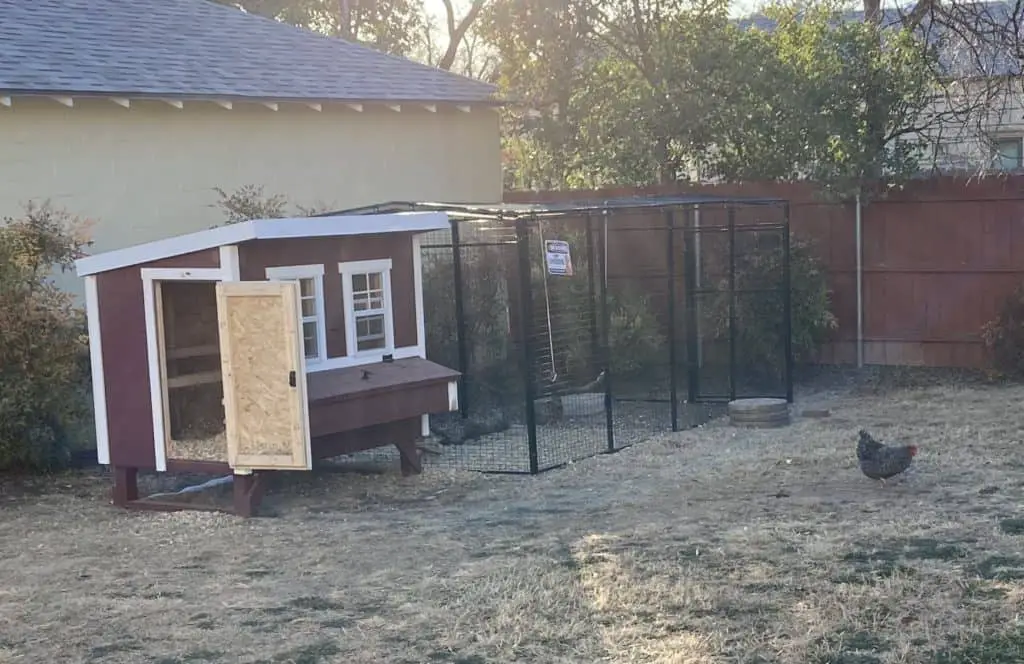
| Item | Unit Cost | Frequency |
| Chicken coop | $1,000 | One time |
| Chicken run | $700 | One time |
| Total | $1,700 |
Take a look at this post for a review of our chicken run.
Additional One-Time Costs
Adoption Fees
The next cost to consider is how you will be starting your flock. When buying day old chicks from a hatchery, there are typically minimum orders of 10 chicks. The reason for this is to keep the chicks warm enough on the 1 day trip to your post office. Buying day old chicks can cost between $35 to $60 for 10 chicks.
Many people will buy their chicks from a farm supply store. These stores typically offer the option of chicks (1-5 days old) or started pullets (usually 4 weeks old). There are typically no minimum order quantities in this situation, so your overall cost of starting your flock will be smaller. However, since chickens are flock animals, it is important to make sure you buy more than 1 chicken to ensure happy, healthy chickens. Buying chicks from a farm supply store costs about $5 each and started pullets costs about $40 each.
Savings tip: Plan on buying your chicks during the peak seasons (Spring). There are typically more breeds available and you might be able to split the order with another chicken enthusiast friend. Be careful, though. We thought about giving some of our chicks away since going from 0 chickens to 10 chickens seemed like a huge jump in responsibility. After they arrived, we quickly realized that there was no way we could stand to part with any of our new chickies and kept all 10.
Brooder
If you are raising chicks, you will need to take into account the cost of a brooder and supplies. For a brooder box, you can use a large cardboard box or plastic tote. For heat, you can use a brooder lamp with a heat bulb ($20) or a safety chick brooder ($70 – $100). You will need a thermometer in the box to measure the temperature at chick level. There are beginner poultry kits you can buy that have smaller feeders and waterers for chicks including the heat lamp for about $30. This is what we used for our chicks.
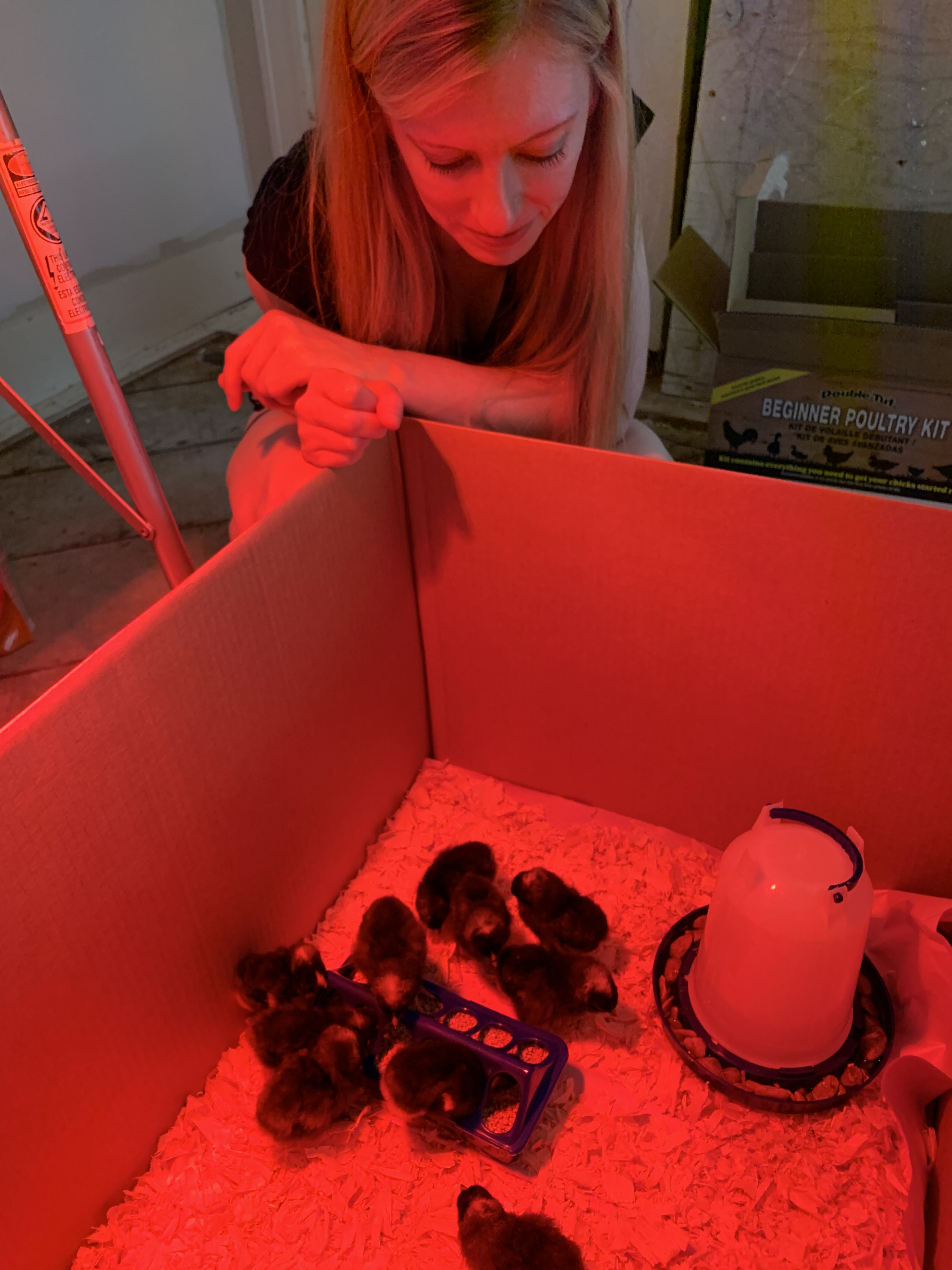
In this post, I have a section on the size requirements for a brooder.
Feeders & Waterers
Once your chickens are about 4 to 5 months old, you can transition them to the coop. At this point, they will need the larger size of feeder and waterer.
For our waterer, we use a 5-gallon bucket and attached some waterer nipples to the bucket. This keeps their water clean since they are not able to kick bedding or poop into the water. Plus, they like to stand on the bucket and look out the coop window.
Here is a review of the products I use for my feeder and waterer for my chickens.
| Item | Unit Cost | Frequency |
| Day old chicks (qty 10) | $50 | One time |
| Beginner poultry kit (includes feeder, waterer, heat lamp) | $30 | One time |
| Thermometer for brooder | $7 | One time |
| Pine shavings for brooder | $6 | One time |
| Feeder (7 lb, plastic) | $13 | One time |
| 5 gal bucket | $4 | One time |
| Waterer nipples | $20 | One time |
| Total | $130 |
Necessary Repeat Expenses
Feed
The main daily cost of raising chickens is their feed. This cost will be dependent on what type of feed you buy and how much of their diet is from kitchen scraps or free range grazing.
Since chickens have nutritional requirements that must be met, it is recommended by most chicken raisers to provide your chickens with a high quality feed for a portion of their diet.
For my chickens, their diet consist of feed from the feeder, things they find in the yard during their free range time, and kitchen scraps. Some kitchen scraps that our chickens love include:
- Iceberg lettuce
- Ends of squash or zucchini
- Cherry tomatoes
- Peaches
- Purple onions
Savings tip: Consider trading eggs for kitchen scraps with your neighbors and family. Once your birds start laying eggs, it can be difficult to keep up with eating that many eggs and you will find yourself handing out eggs to everyone just to make sure they don’t go to waste.
Chicks will need to be fed crumbles. This is food specifically designed for their smaller beaks and nutritionally specified for their growing bodies. Chick feed crumbles come in 25 pound bags and cost about $15 each. You will feed your chicks this food for 4 to 5 months and they might go through 2 bags in a month ($150 total while they are chicks).
Once your chickens are about 4 to 5 months old, they will need to transition to a layer feed. This food gives them the nutrients they need as they begin to lay eggs. We buy our chickens’ food in 50 pound bags that cost about $20 per bag and they go through roughly 2 bags per month (or $40 per month).
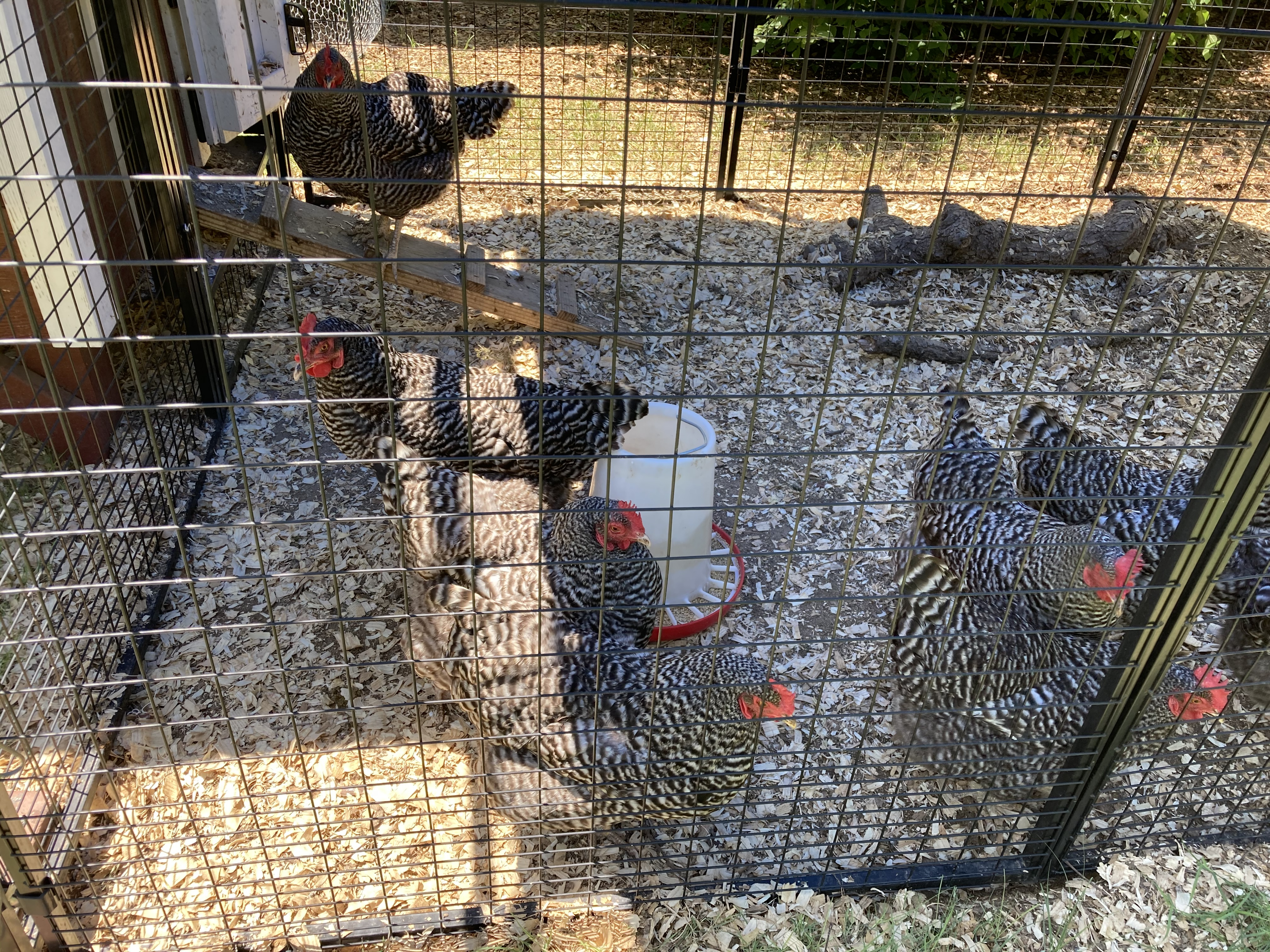
I wrote an entire post dedicated to what to feed chickens by age. It has more details on chick starter and layer feed. In the post, I also explain which type of feeders work best for chickens at different ages.
An important thing to consider when talking about food costs is that it can vary widely. There are some feeds that are much more expensive due to the higher quality of ingredients. If you have plenty of kitchen and garden scraps to feed your birds, then your overall food costs for the chickens will be less. In an ideal world, we would be feeding our chickens more scraps because it’s healthier for them and their eggs and also saves us money on buying their feed. However, small families and those that have limited food waste can have a more difficult time coming up with food scraps. Keep in mind that you will essentially be eating what your chickens eat.
If you are interested in learning more about the natural diet of chickens, check out this post.
Side note: As your chickens start to lay eggs, you will be able to tell what they ate. When our hens free range for the weekend, their eggs are noticeably larger than when they eat the majority of their food from the feeder during the week. Feed your chickens good food and they will provide you with good food!
Supplements
Chickens need calcium in their diets for proper egg development. You can feed your chickens eggshells or provide an oyster shell mix to their food weekly. We choose to not give our birds eggshells to prevent them from eating eggs in their nest boxes but know of other people who do this with no problems.
Click here to view a list of supplements I recommend for chickens based on my experience.
Water
Water is absolutely necessary for chickens.
Most people will provide water from the tap or well for their birds. If you live in an area with terribly hard water, it might be worthwhile to provide your birds with high quality bottled or filtered water.
Chickens drink between 1 to 2 cups of water daily so make sure you have sufficient waterers set-up for your birds. Having more than one waterer available is helpful if you have a bully bird who prevents the other chickens from drinking her water.
Chickens drink more water during hot weather so it’s essential they have access to fresh, cool water at all times. Chickens loose water through panting and watery droppings and need to replenish fluids more frequently during the summer.
Bedding
Chicken coops will require bedding. This will sit on the floor of the chicken coop and provide protection of the floor and a soft place for your chickens to land when they jump off the roosting bars.
I explain the different types of bedding you can use in a chicken coop in this post.
For our coop, we use pine savings from the farm supply store. These are the same shavings we used in our chicken brooder and the chickens are used to them.
When you make changes to the coop, the chickens can get stressed and this can affect egg production. Whichever bedding you choose, try to stick with it to avoid stressed chickens.
We change the bedding out twice a year, but add more shavings every month because the chickens kick the shavings into the yard and their run.
| Item | Unit Cost | Frequency |
| Chick feed crumbles (25 lbs bag) | $15 | x2 per month (until 5 months of age) |
| Chicken feed (50 lb bag) | $20 | x2 per month |
| Oyster shells (50 lb bag) | $13 | x1 per year |
| Pine shavings (8 cubic ft) | $6 | x6 per year |
| Total | $439 |
Additional Repeat Expenses
Scratch
There will be several additional repeat expenses when raising backyard chickens. Every morning when I let the chickens out of their coop they get a cup of scratch. They love this treat and I think it helps us bond.
Scratch grains are a supplement for chickens to encourage pecking and helps give the birds an activity in their run. There is typically cracked corn and oats in scratch. Keep in mind that scratch is a treat and is not meant to replace feed.
During the summer, I cut out scratch grains completely since they require more energy to digest and can raise the internal temperature of the chickens.
In addition to being a good treat for the chickens, scratch is useful when getting your birds’ attention during free ranging. They know the red Solo cup has their scratch, so when they see me shake the cup they all come running. This has been useful when I need to corral the chickens in a corner of the yard or get them out of the garden.
Grit
Grit is another supplement for chickens. They require grit to break down food in their gizzards. Free range chickens will naturally find small rocks to eat, but chickens who spend time in a run don’t have this opportunity. Grit can either be mixed in with their feed or placed in a separate feeder for the chickens to eat at their choosing.
Egg Collection Supplies
Egg supplies are another cost to consider when raising backyard chickens. I reviewed the egg collection supplies we use here.
When our chickens first started laying eggs we had pine shavings in their next boxes. These shavings were constantly being kicked out of the nesting boxes. About half of the eggs would be filthy, from poop and mud from the chicken feet, and several eggs a week would end up broken since there would be no nesting material left in the boxes. I did some research online and discovered nesting pads. These are amazing!
The nesting pads are made from thin wood shavings that look like spaghetti but packed tightly together to form what I call a “chicken mattress.” The nesting pads fit perfectly in each of the nest boxes. The eggs are much cleaner now and it’s rare for there to be a broken egg in the nest boxes. The nesting pads hold up well and last several months before needing to be replaced.
Once your chickens start laying eggs, you will need to decide how you will collect and store the eggs. Eggs should be collected every day. This will prevent the chickens from getting bored and pecking the eggs, which leads to egg eating and can be difficult to stop once it’s started.
I use a wire egg basket to collect eggs and it works much better than juggling 9 to 10 eggs on the walk from the chicken coop to the kitchen.
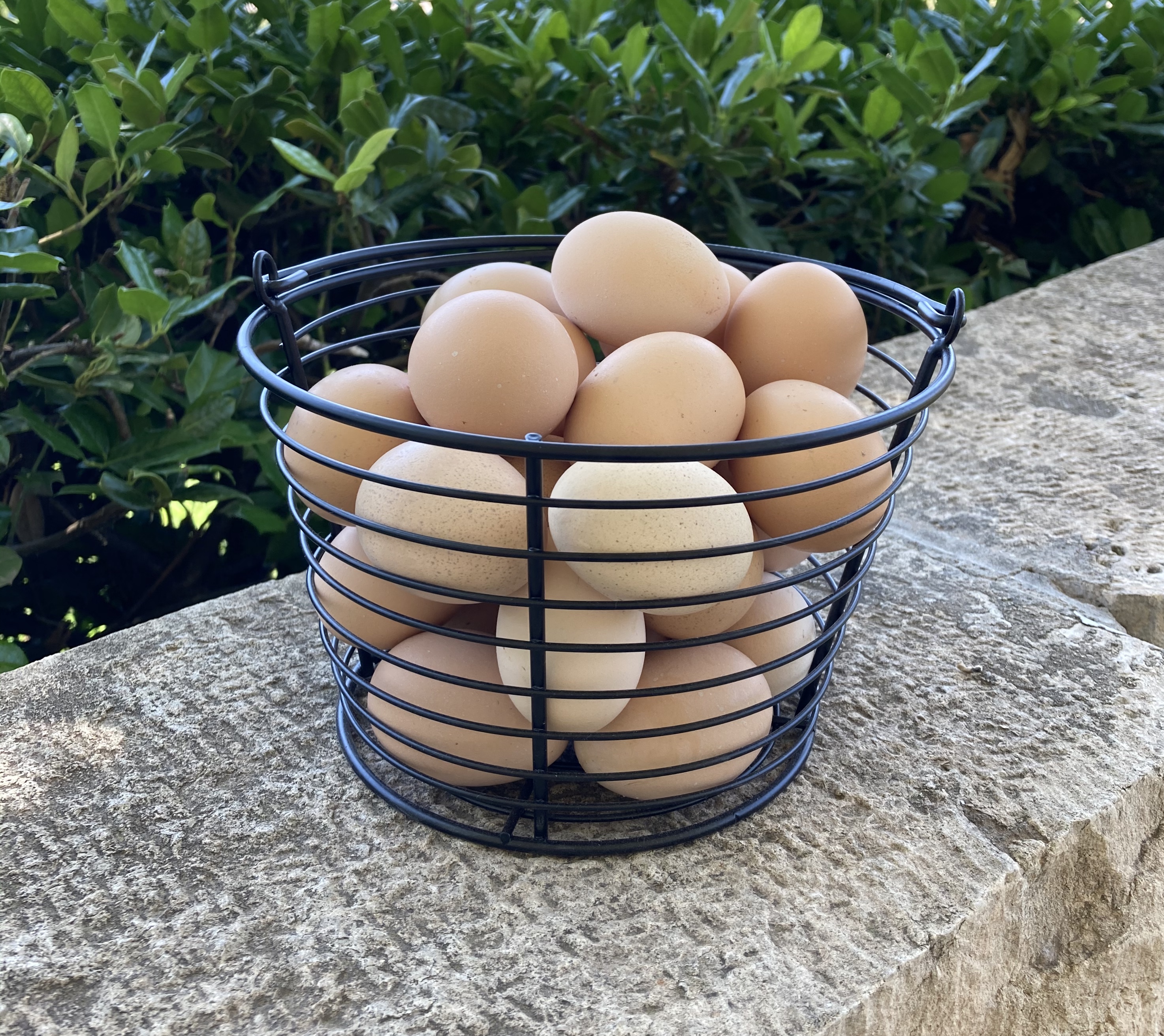
After collecting eggs, I place the eggs directly in empty egg cartons. We initially had eggs cartons from store bought eggs that we used but those were quickly filled up and given away. I found the most cost efficient way of buying eggs cartons is to buy them in bulk, but you can normally find egg cartons at farm supply stores individually priced at less than $1 each.
Savings tip: Start collecting egg cartons as soon as you get chicks. Once your chickens start laying eggs it can be difficult to keep up and we have found that the farm supply stores run out of egg cartons often. Ask your family and neighbors for egg cartons in exchange for eggs.
| Item | Unit Cost | Frequency |
| Scratch grains (50 lb bag) | $15 | x6 per year |
| Grit (25 lb bag) | $10 | x2 per year |
| Nesting pads (qty 10) | $20 | x2 per year |
| Wire basket for collecting eggs | $13 | One time |
| Egg cartons | $1 | Varies |
| Total | $164 |
Adding it All Up
Raising backyard chickens can be expensive. On average, it costs $1,830 in one-time expenses and $603 per year in repeat expenses to raise a flock of 5 – 10 chickens. While these numbers might give some people a heart attack, I have found they are very realistic. When you consider that the average lifespan of a chickens is 8 years, that adds up to $6,654!
Raising chickens is a responsibility but with it comes a lot of enjoyment. Our chickens provide us hours of entertainment watching “chicken TV” and they have helped us to spend more time outdoors. Their eggs are much better tasting than anything I’ve ever eaten from a grocery store.
Before you take the leap into raising backyard chickens make sure you are aware of the various expenses. The analysis I provided was based on raising 10 chicks and can vary depending on the age and number of chickens you have in your flock.
As a summary, here are the one-time and repeat expenses with raising backyard chickens:
| Item | Cost |
| One-Time Costs – Chicken coop, chicken run | $1,700 |
| Additional One-Time Costs – Adoption fees, feeding supplies | $130 |
| Necessary Repeat Expenses – Food, supplements, bedding | $439 |
| Additional Repeat Expenses – Scratch, grit, egg collection supplies | $164 |
| Total | $2,433 |
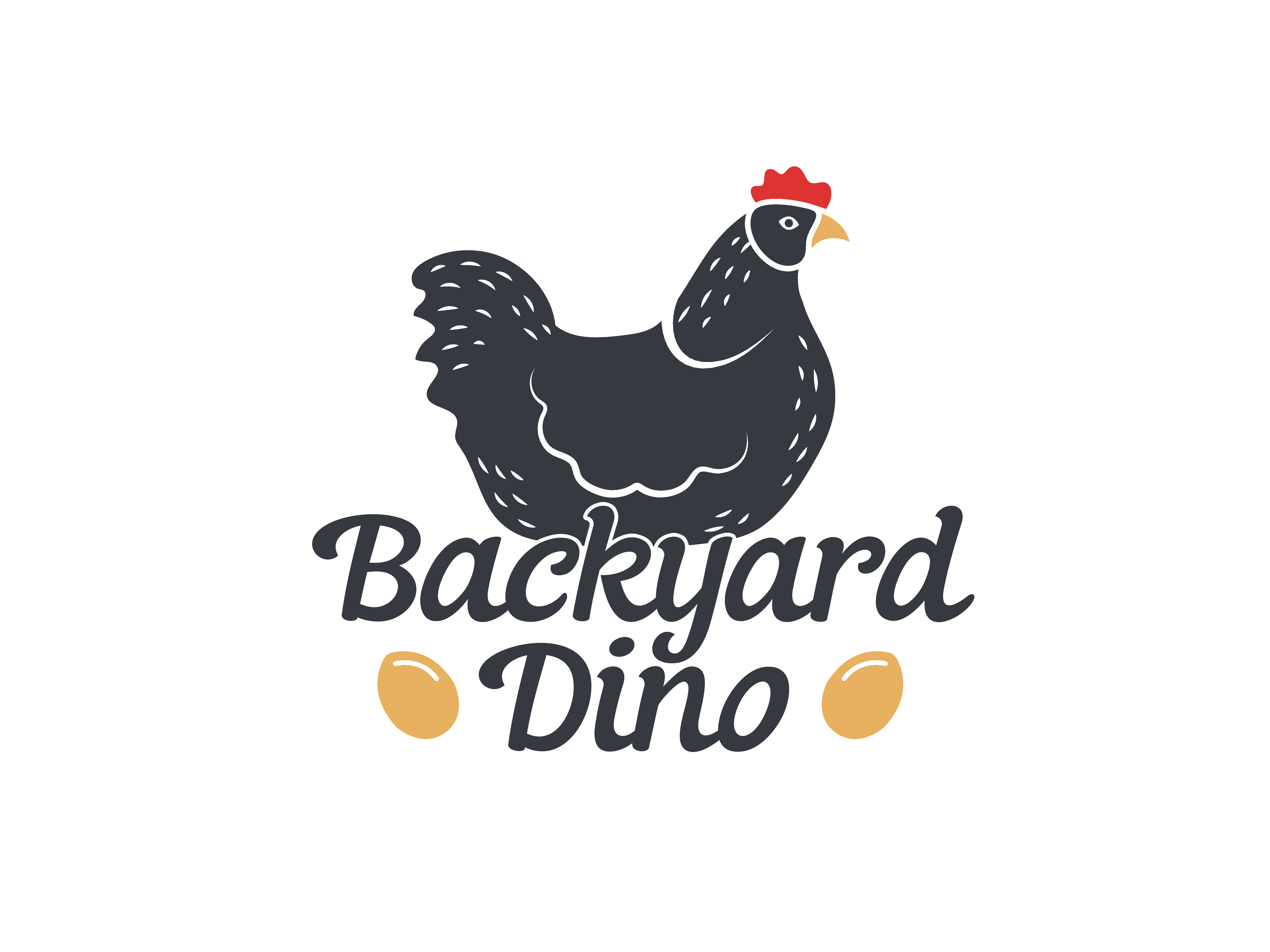
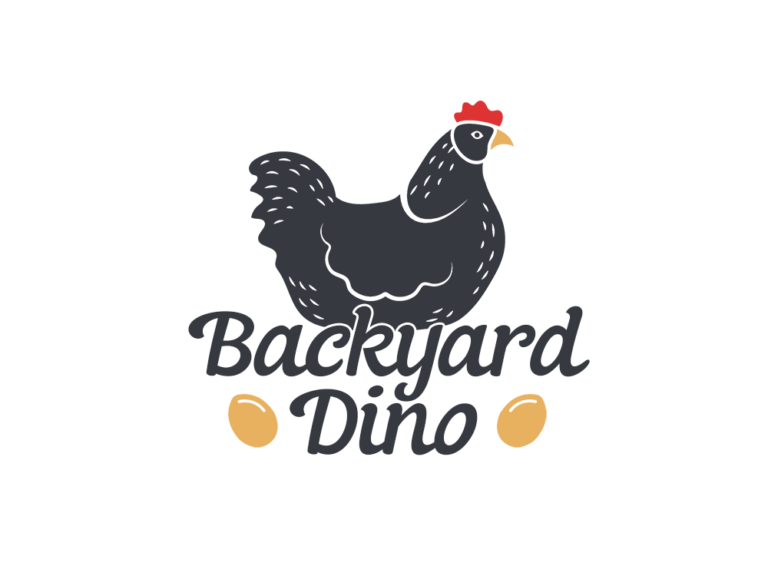
4 comments
[…] consider that the average lifespan of a chickens is 8 years, that adds up to $6,654! Check out this post for the full breakdown of costs and rationale behind this […]
[…] diminished, the chickens will continue to be kept as pets and not end up on the dinner table. This post provides a breakdown of expenses related to raising chickens in your […]
[…] post provides a breakdown of expenses related to raising chickens in your […]
[…] shavings are not very expensive. We use about 1 bag (8 cubic feet) to cover our chicken coop, which costs about $6, and then add more as needed. We typically try to keep the bedding in the coop at about 2 […]
Comments are closed.